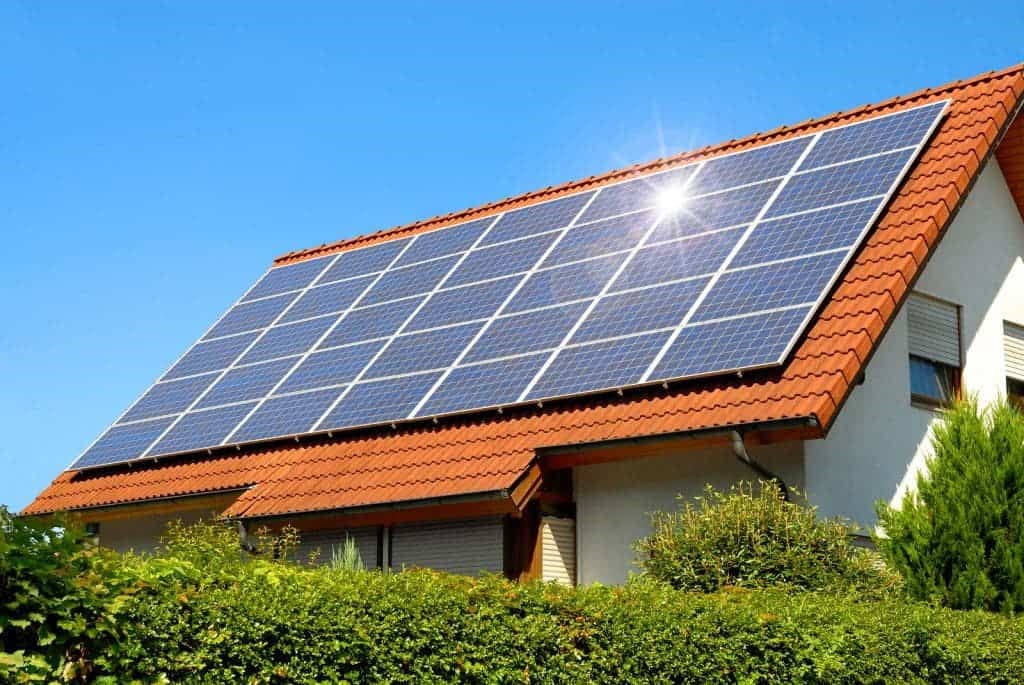
How long will the solar panel technology
A team members used multiple accelerated weathering protocols to simulate aging in the field, exposing their samples to stressors such as heat, humidity and ultraviolet light. They also had samples taken from a solar panel field after seven years, which is when the panels started to show cracks.
They found that cracks could form in the backing material (back sheets) of panels using a type of polyvinylidene fluoride (PVDF) polymer as a laminate, specifically when:
The polymer is mechanically stressed (pulled or stretched) in a specific direction, which weakens the crystalline structure of the material.
The outer layer is blended with acrylic polymers and pigments, which leads to chemical degradation that produces surface pits. The back sheet then cannot withstand strain, and the pits cause micro-cracks.
The researchers also discovered a change in a back sheet material's crystalline structure that happens during cracking. That structure transitions from alpha to beta phase, meaning the polymer chains begin packing in a more aligned formation.
In short, the team found that not all PVDF-based back sheets behave the same, and lumping them all together may oversimplify the situation.
In many cases, back sheet cracking can be a huge problem for solar panel vitality, and it doesn't have a widespread, simple fix. Panels with severe cracking require a complete replacement.
 English
English Arabic
Arabic


